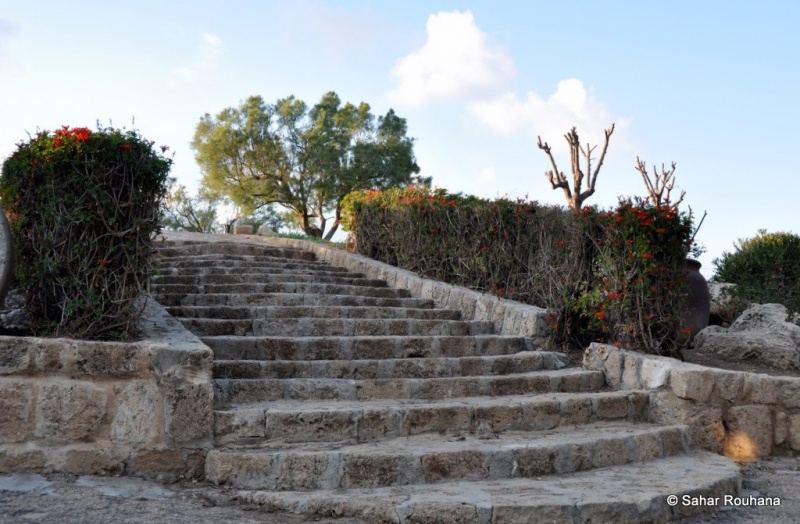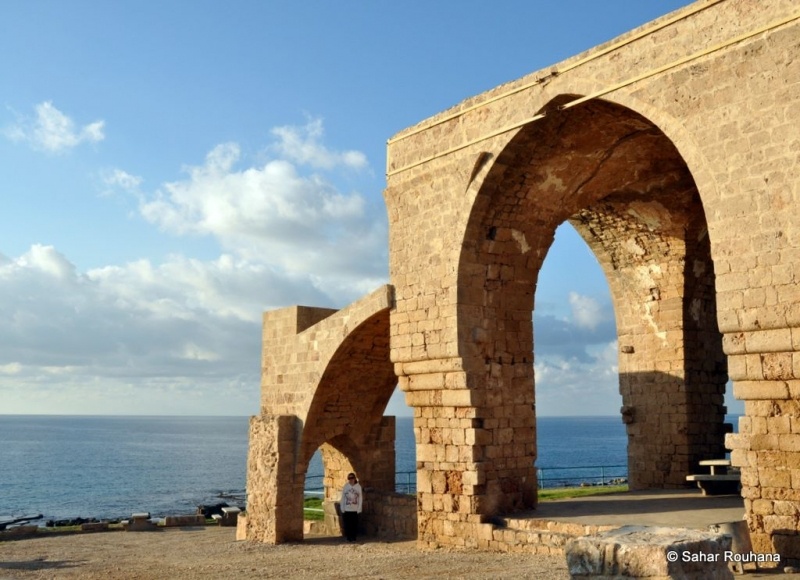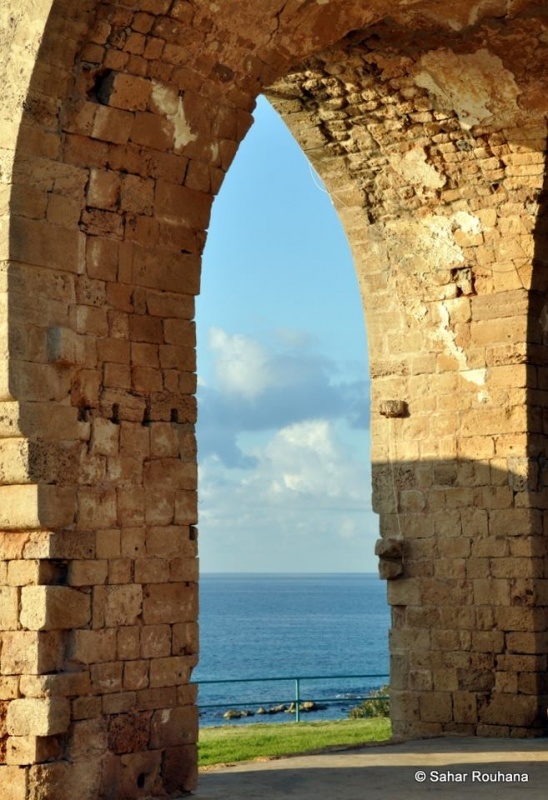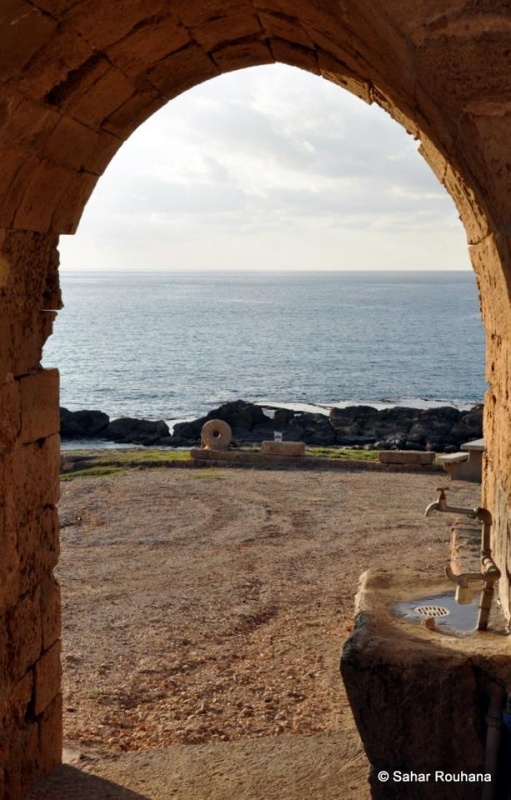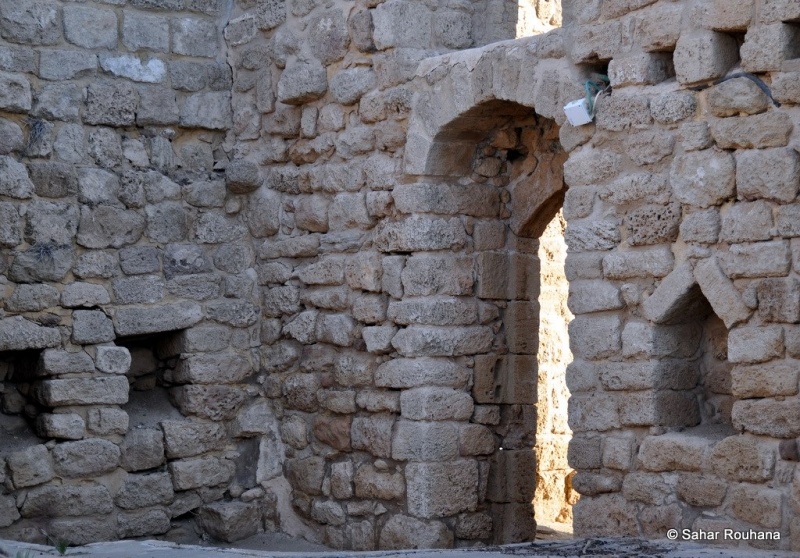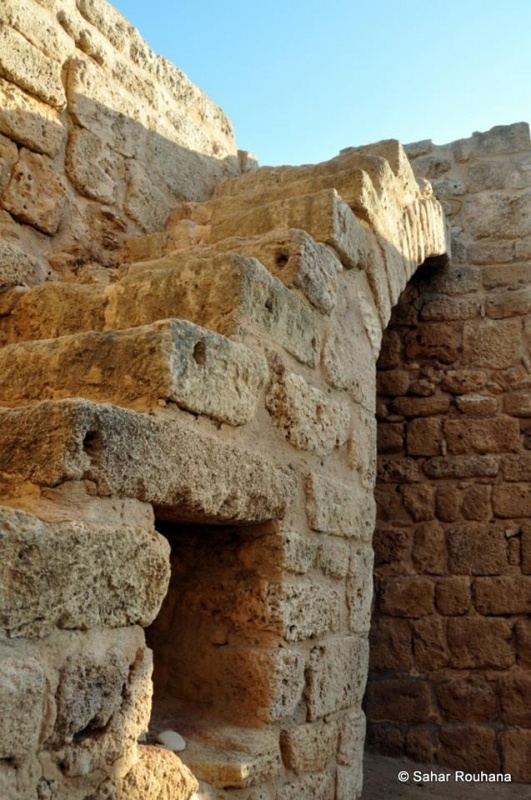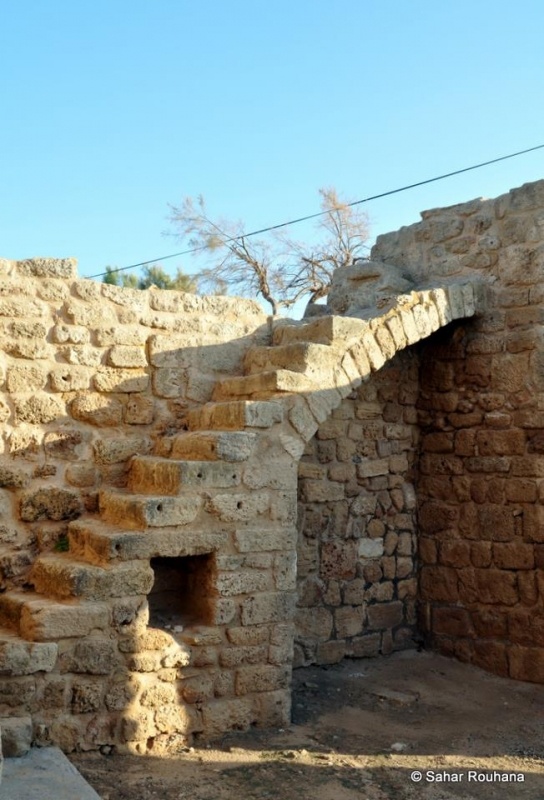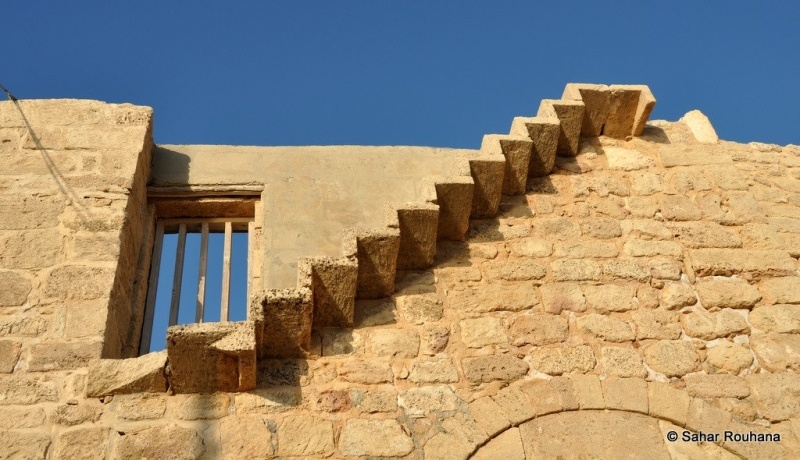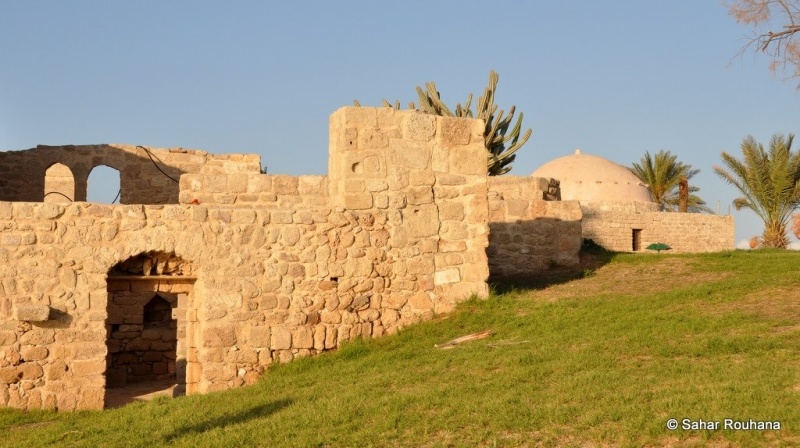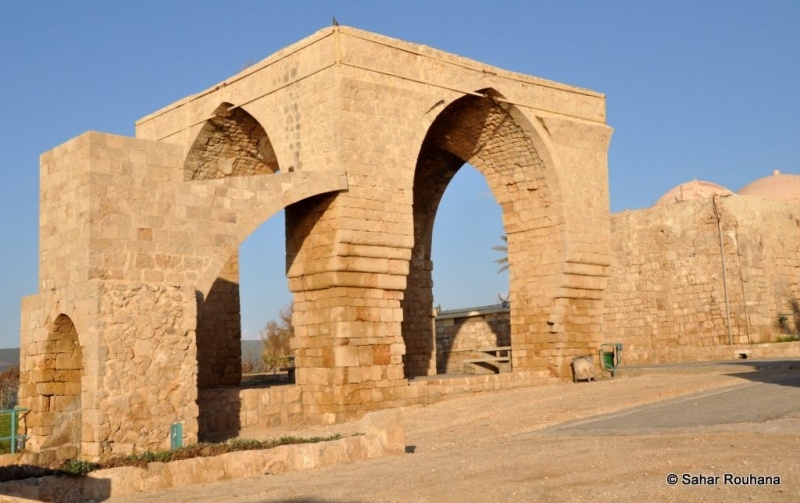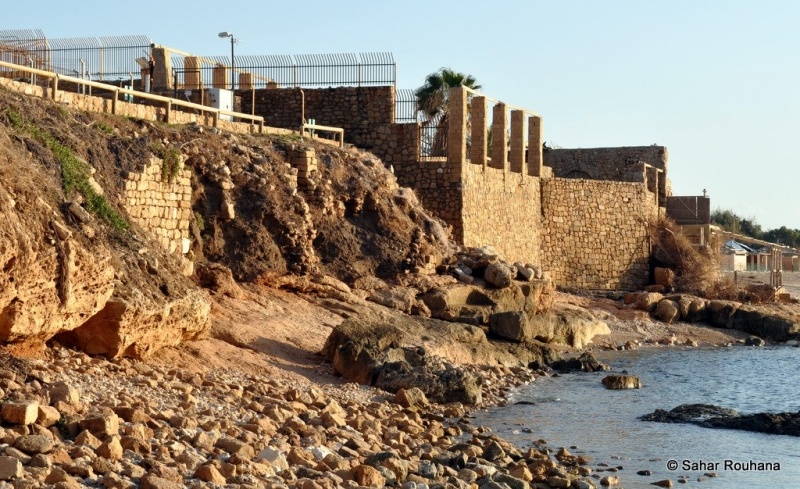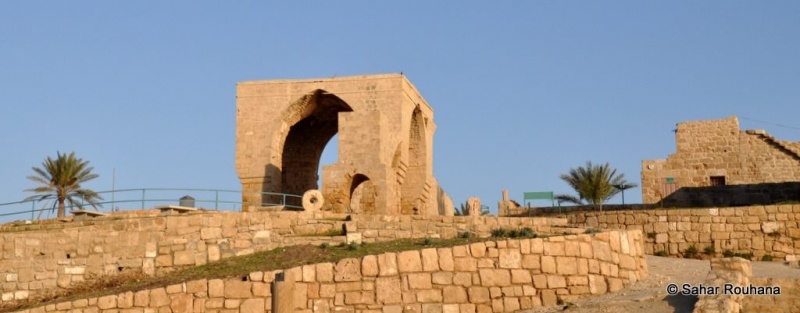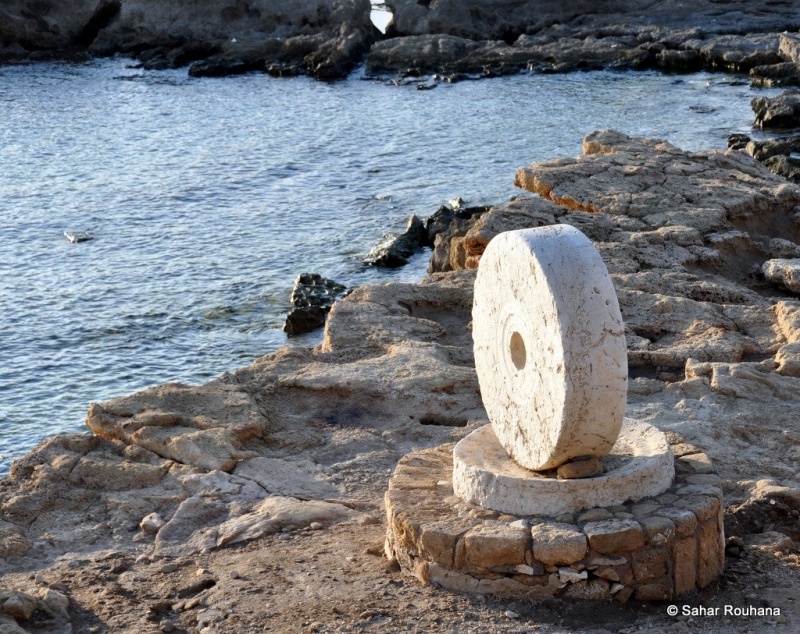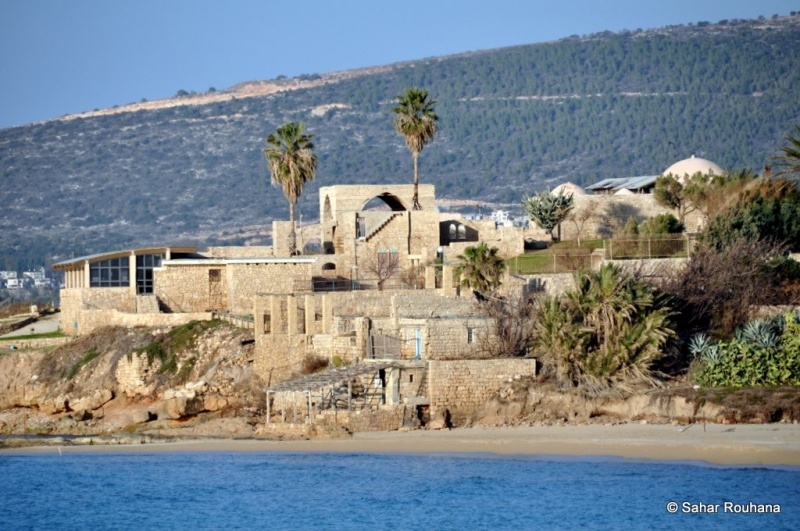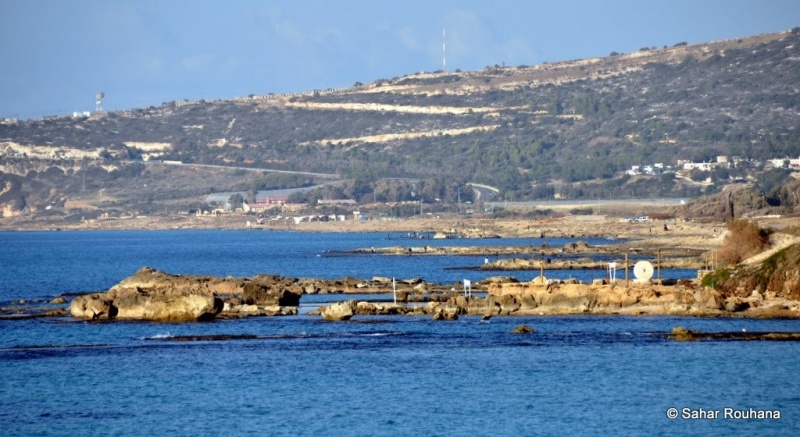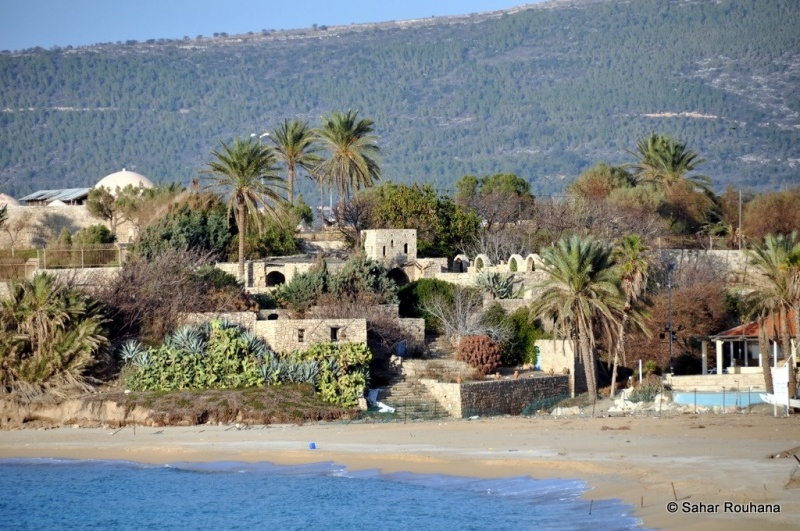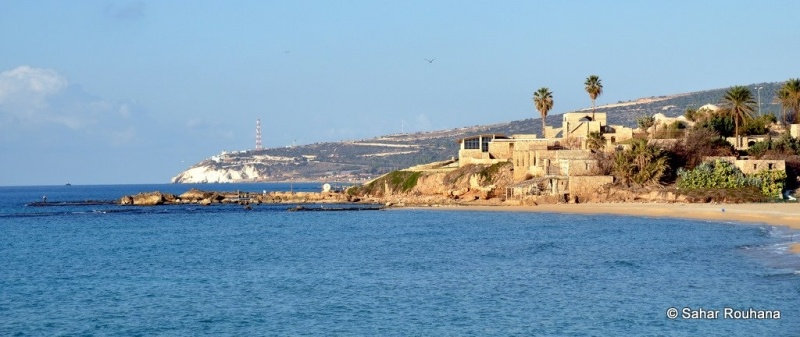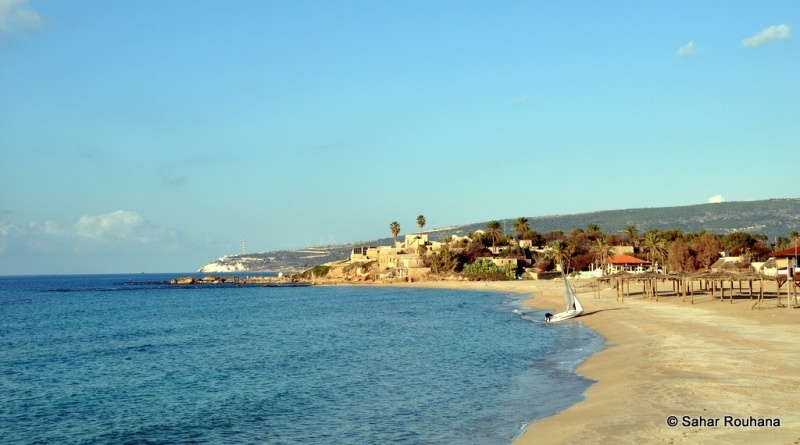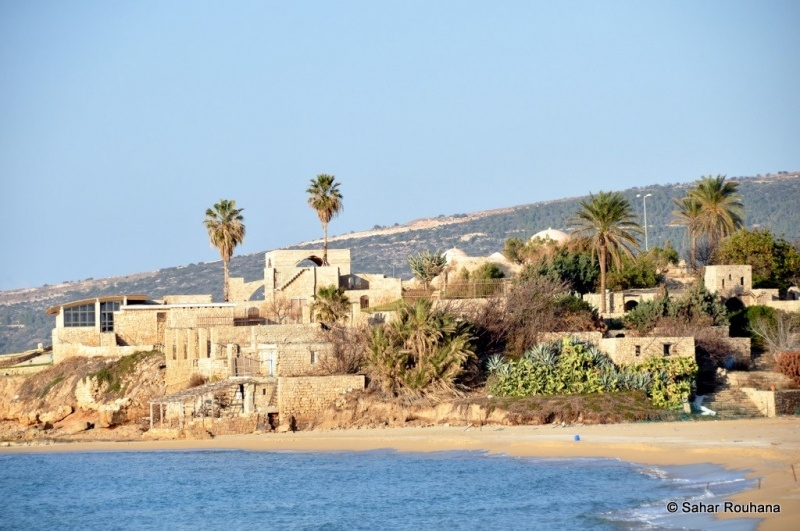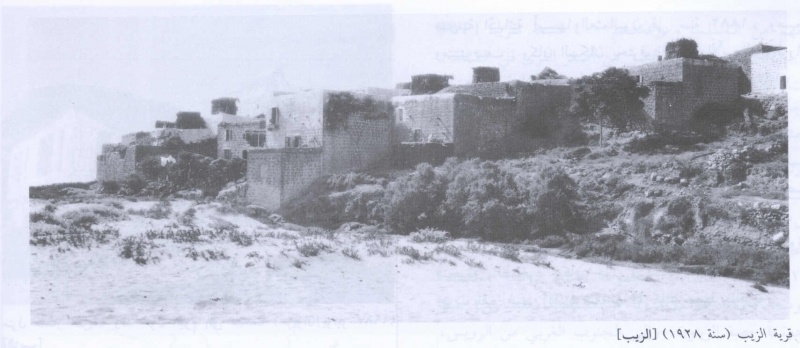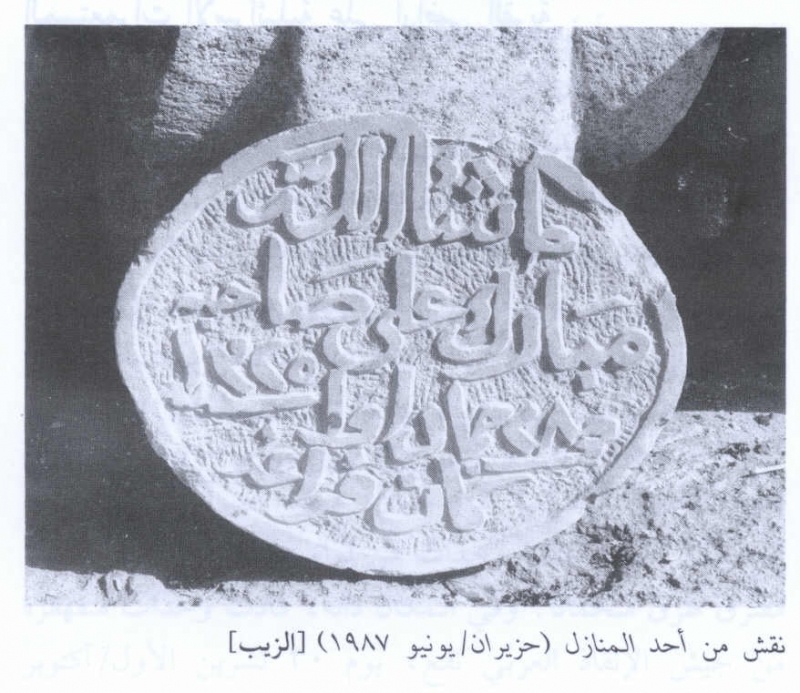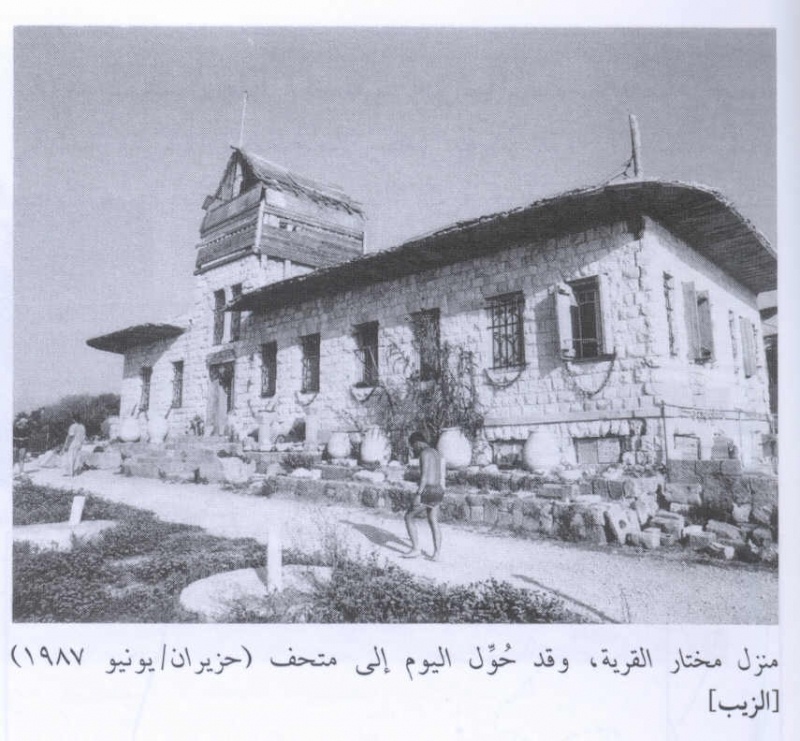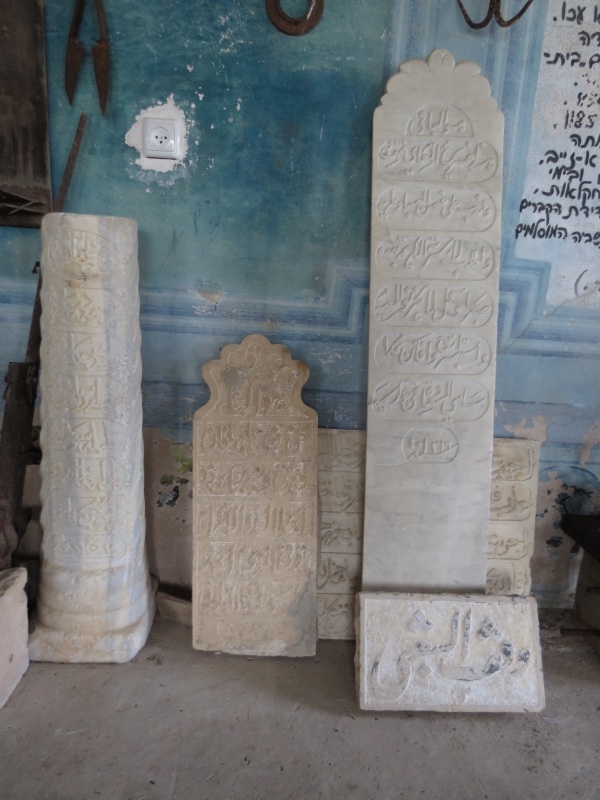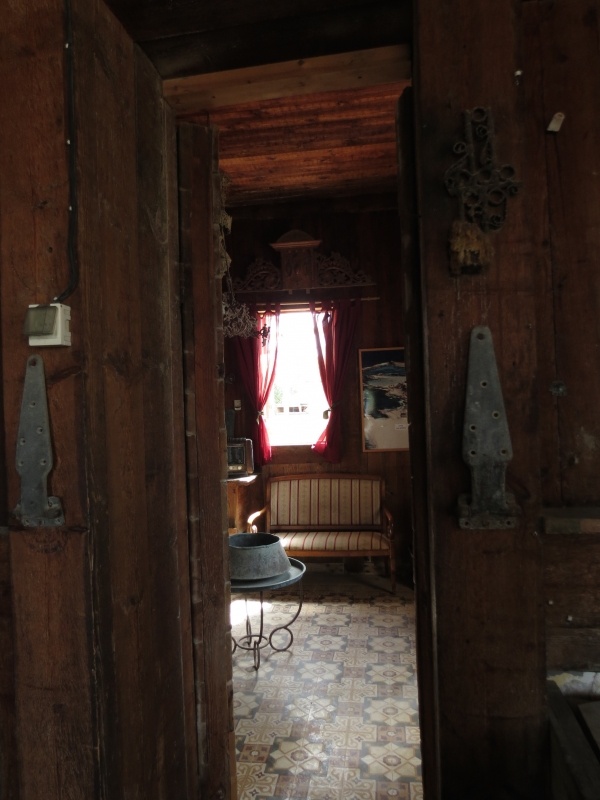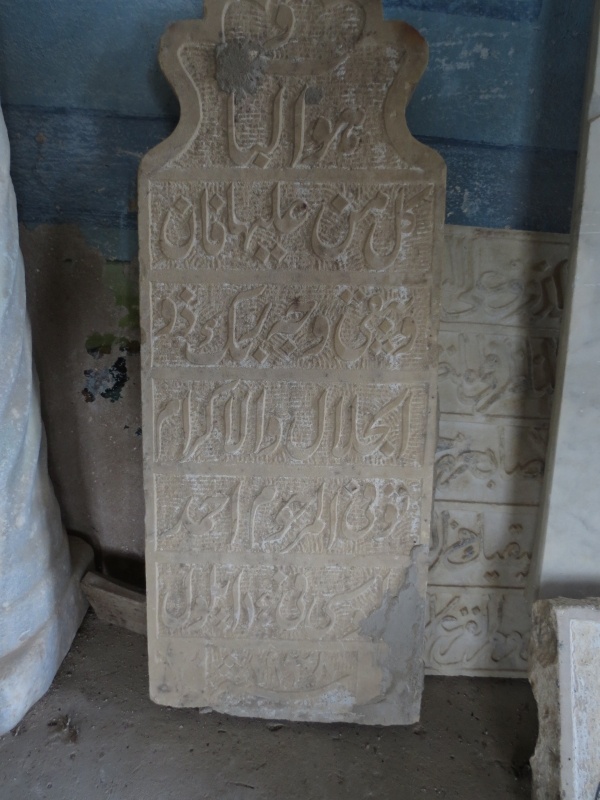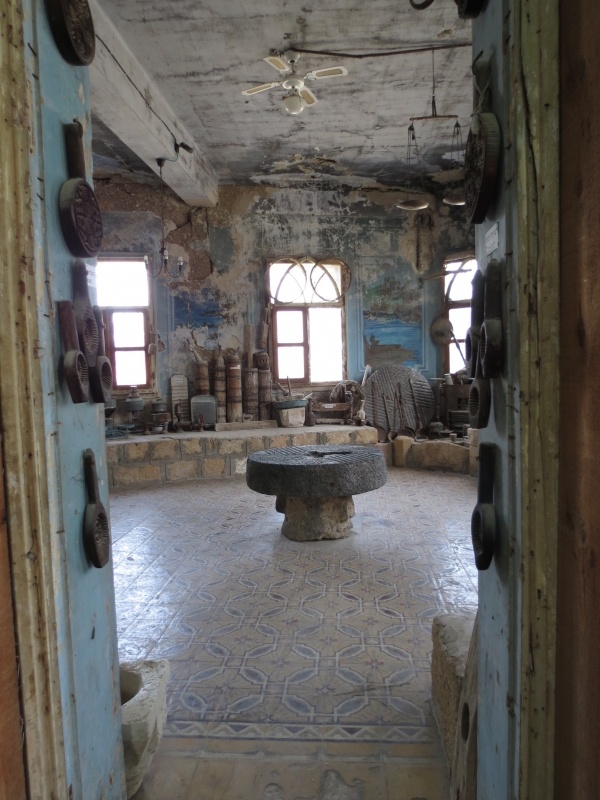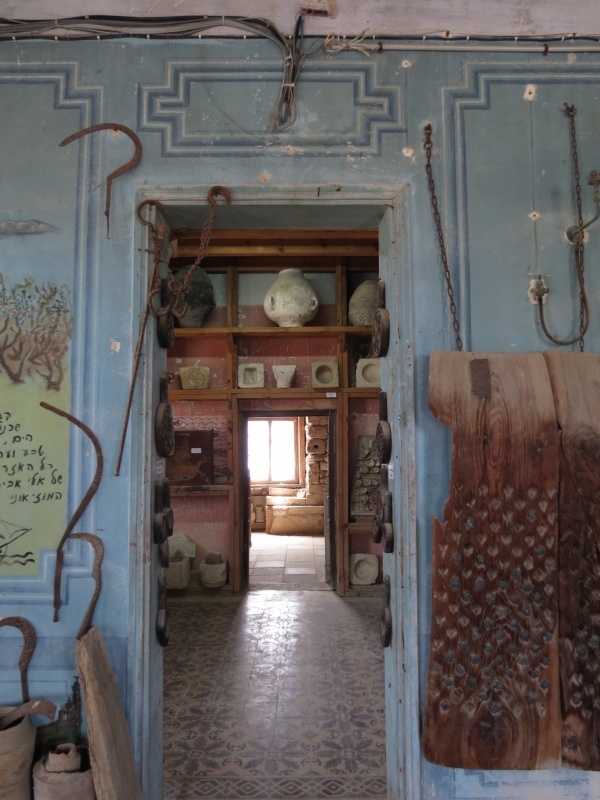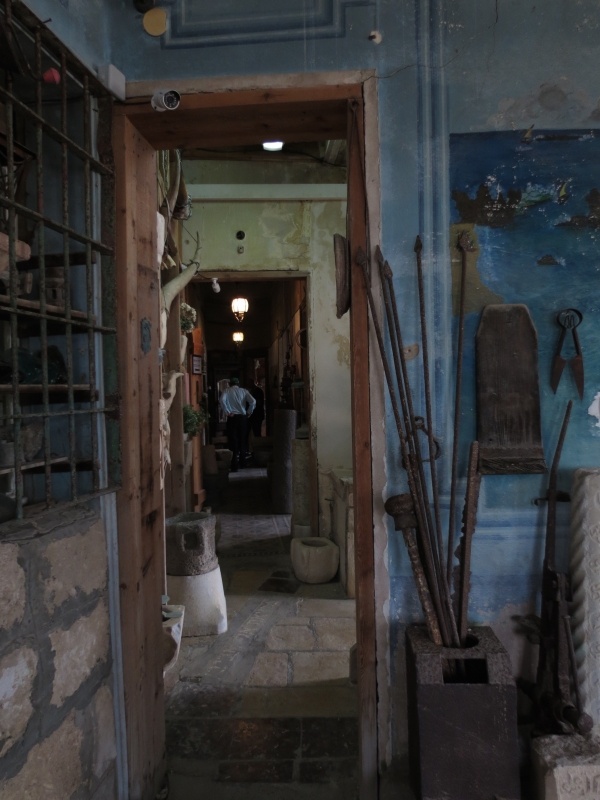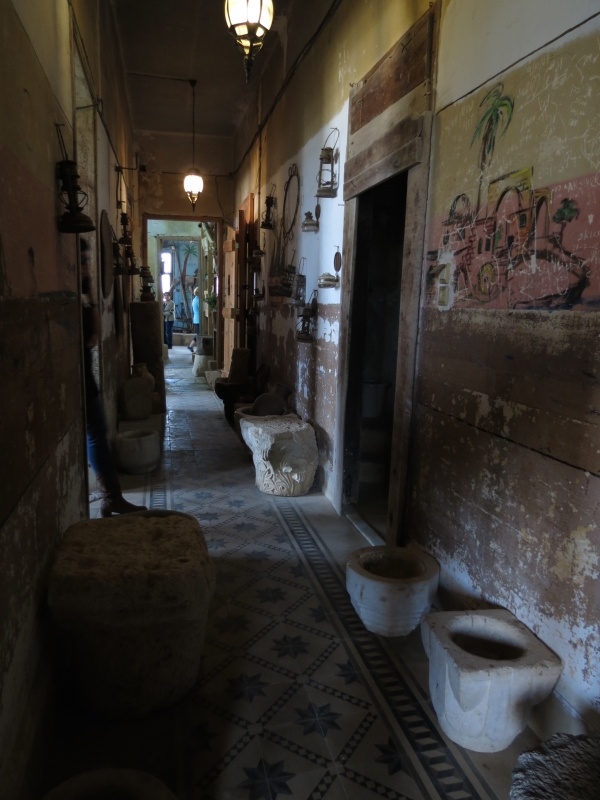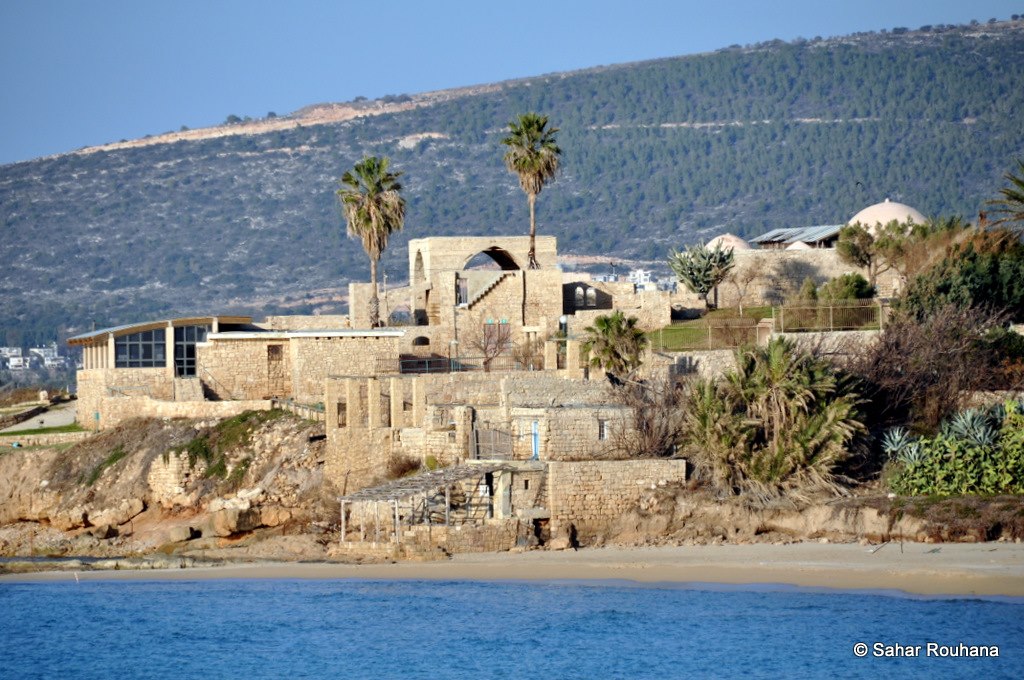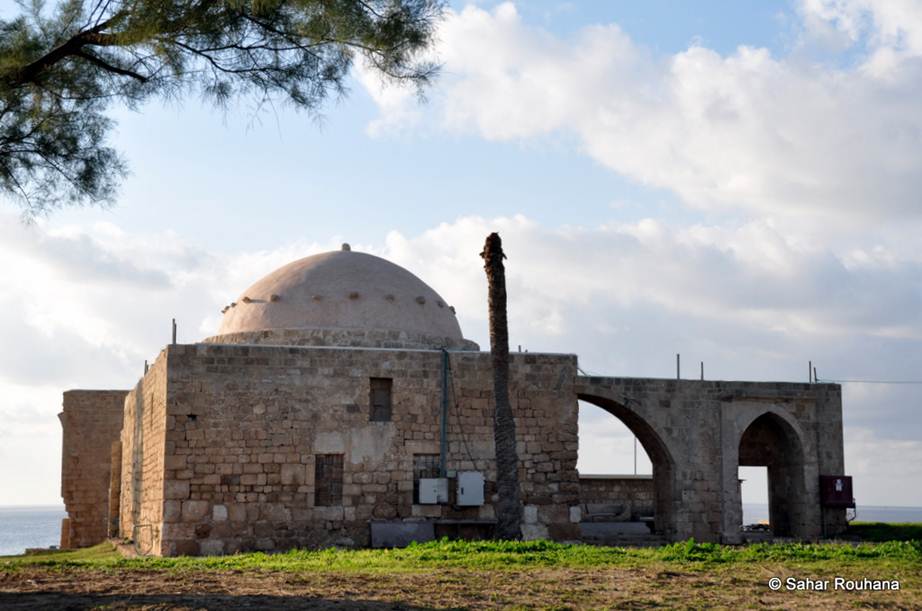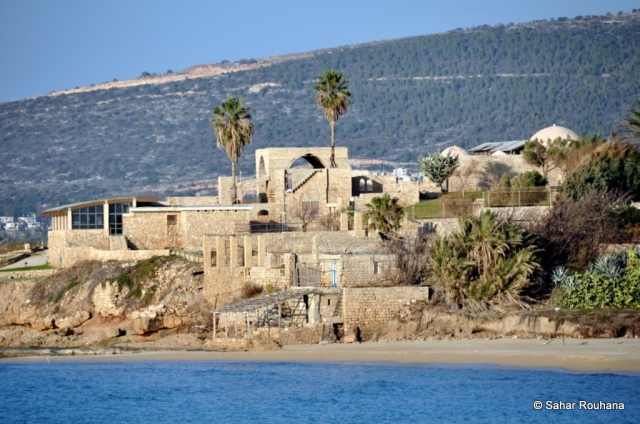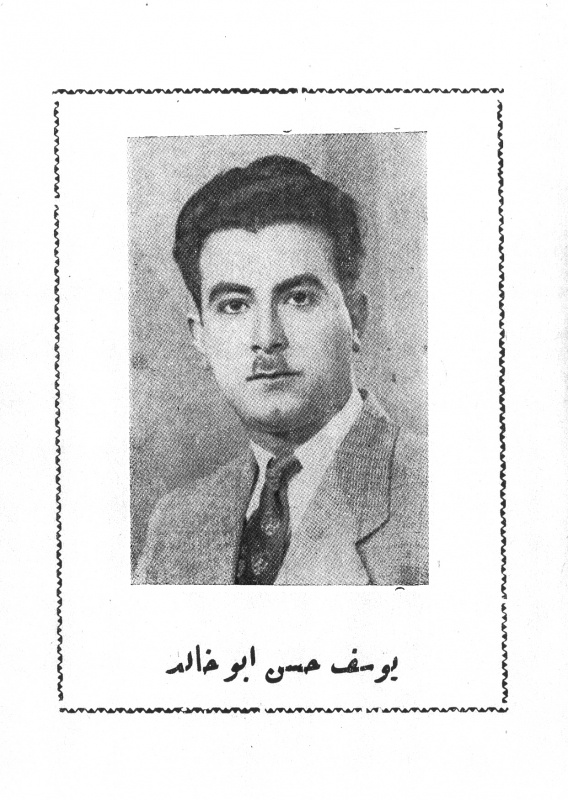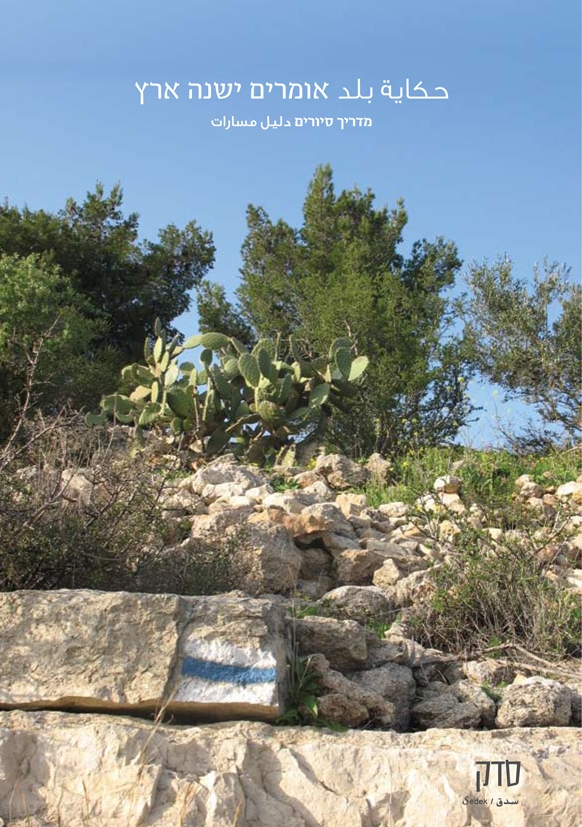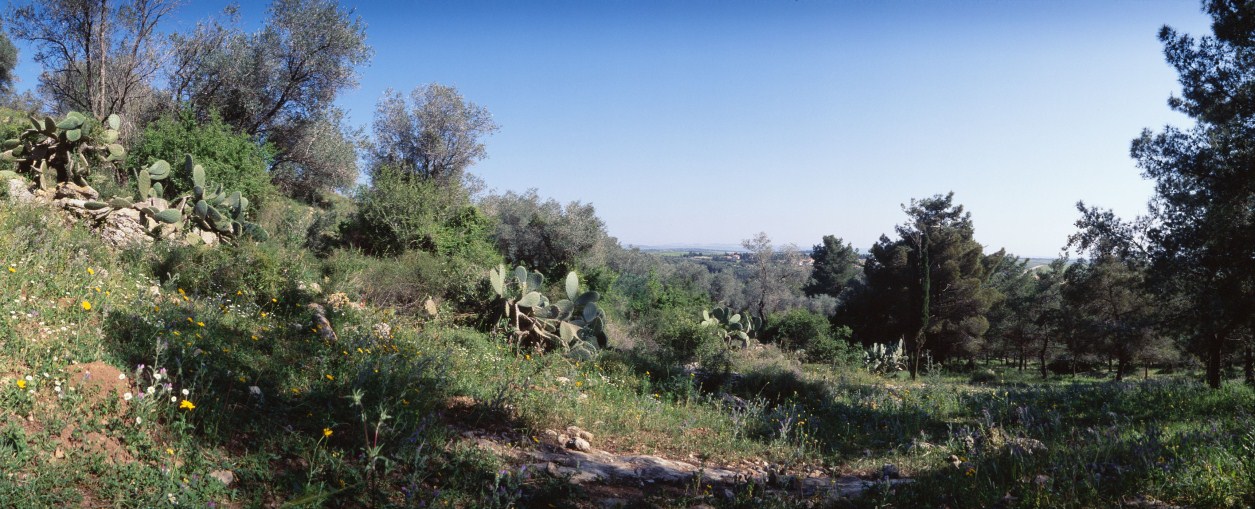Info
District: Akka (Acre)
Population 1948: 2220
Occupation date: 14/05/1948
Occupying unit: Carmeli brigade
Jewish settlements on village/town land before 1948: None
Jewish settlements on village/town land after 1948: Gesher Haziv, A part of Liman, Sa'ar, Nahariya North Neighborhoods (Givat Trumpeldor), Rasko Agricultural, Neve Alon
Background:
The village was situated on a dome-shaped hill on the Mediterranean coast, east of the coastal highway and the railway line. It was located 13.5 km north of Acre.
On 13-14 May 1948, the Haganah's Carmeli Brigade initiated an invasion of the northwest corner of Palestine. Al-Zib was one of the main villages targeted during the offensive known as Operation Ben-Ami. The History of the Haganah's account of the occupation states: "The inhabitants fled at the appearance of the Jewish forces, and the Haganah command decided to hold onto [it]." But Israli historian Benny Morris contradicts this version. He states that the Haganah "had a long account" with the village ( apparently because it had been a center of resistance) and that most of the villagers fled during a mortar barrage unleashed as part of the assault on the village. The villagers themselves corroborated this version, recalling a battle that involved an element of surprise. Interviewed by Palestinian historian Nafez Nazzal, they said that the Zionist forces were initially mistaken for Arab reinforcements, since they were wearing red and white Arab headdresses, and that they overwhelmed the thirty-five or forty men who had formed the village militia. Some villagers who were unable to flee during the battle stayed behind and were later moved to the village of al-Mazra'a, which became the collection point for Arab "remainders" in Western Galilee. The operation's commander, Moshe Carmel, ordered the village to be razed to the ground in order to "punish" the villagers and make sure they "could and would never return."
In December1948, Yosef Weitz, the director of the Jewish National Fund's Lands Department, visited al-Zib and noted that it had been "completly leveled", adding, "I now wonder if it was good that it was destroyed and would not have been a greater revenge had we now settled Jews in the village houses."
A kibbutz named Beyt ha-'Arava was established on the ruins of the village on 27 January1949; its name was later changed to Kibbutz Gesher ha-Ziv. Jewish immigrants from England, the United States, and South Africa were placed in Gesher ha-Ziv, which is on village lands, close to the village site. The settlement of Sa'ar was established south of the village site in 1948. Another settlement, Leman, is close by, on lands that belonged to the village of al-Bassa.
All that remains of the village is the mosque, which has been restored for tourism and the house of the mukhtar (the village head) Husayn 'Ataya, which is now a museum. The hosue is relatively large and made of masonry. The stone mosque has a dome and a large decorative arch on the front facade. There is a side annex made of two monumental archways. A number of tombstones with inscribed identifications are shown in the museum. One has a Quranic verse, identifies the dead man as Ahmad al-Musa, and records the date of his death as 14 September 1938. Some archaeological artifacts may still be found, including the remains of stone arches near the mosque. The site and adjacent land are used as recreation area and tourist attraction.


